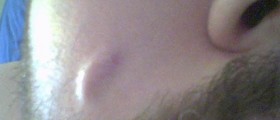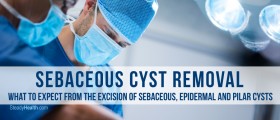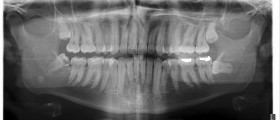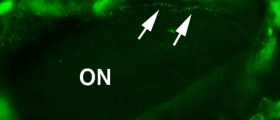
Ovarian Cysts and Fertility
Ovarian cysts are closed, sac-like structures within an ovary that contain thin liquid. Many women are affected by ovarian cysts most often during their childbearing years. These cysts can grow large and cause various symptoms. Sometimes, they can impair fertility.
Types of Ovarian Cysts
Normal part of reproductive process includes type of cysts called follicles. Follicles form around the eggs while they are maturing. These cysts burst every month to release an egg for fertilization. If follicle doesn’t rupture during ovulation, it gets bigger and filled with fluid. These follicles can turn into cysts known as follicular cysts.
Corpus luteum cysts can form when follicle ruptures. If fluid gets trapped inside the ruptured follicle it will result in formation of cyst.
Endometriosis is also associated with ovarian cysts. These cysts can cause pain during sexual intercourse and menstrual period.
Women who suffer from polycystic ovarian syndrome have many cysts built up all over ovaries. Dermoid cysts are rare but are able to create teeth, hair and other types of tissue. They are also called benign mature cystic teratoma.
Dermoid cysts can be large and painful, and must be surgically removed.
Cystademas develop from cells which make up the surface of the ovary. They can be filled with watery fluid (serous cystadenoma) and sticky fluid (mucinous cystadenoma). They can grow large and may need to be surgically removed.
Symptoms
Usually, ovarian cysts don’t cause symptoms and can resolve on their own. They are usually seen on an ultrasound. In case of larger cyst or more than one cyst symptoms can be irregular menstrual bleeding or abdominal pain. Women with ovarian cysts can experience sharp pain if cyst starts to bleed into and around the ovary.
If ovarian cyst becomes twisted and without blood supply (torsion), women can experience severe pain in abdomen, fever and vomiting. This requires emergency. When cysts bursts it may also cause very bad pain in lower abdomen and affected woman must be hospitalized.
With an ultrasound, size, location and content of ovarian cysts can be determined. Cysts are classified into three groups: cystic (common type of cyst containing fluid), solid (filled with solid tissue) and complex (filled with both fluid and solid tissue). The first type usually resolves without any treatment, while complex require additional testing.
Treatment of Ovarian CystsFor most women, the first line of treatment is to wait and watch. A doctor monitors the cyst to see, if it grows or changes shape. Usually cysts resolve without the treatment after couple of weeks. Birth control pills are usually prescribed to reduce cysts and prevent formation of new cysts. For those with serious symptoms, surgery is necessary to remove the cyst.

















Your thoughts on this
Loading...